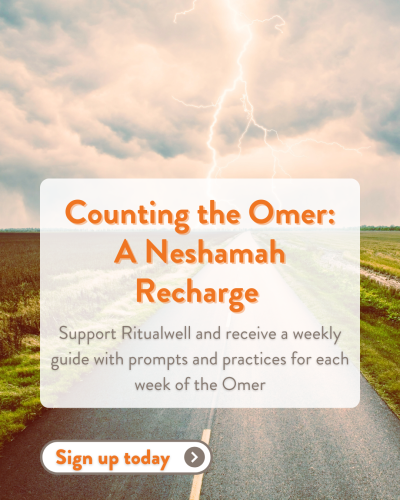Most people think of this part of the ceremony as the ring ceremony—the bride and groom exchange rings, state vows, and become husband and wife. In fact, a “double ring” ceremony is a relatively new addition to Judaism and vows are not traditionally part of a Jewish wedding.
In traditional language, this ceremony is called kiddushin, and it is, from a feminist perspective, the most problematic part of the classical wedding ceremony. Technically, during kiddushin the groom “acquires” a bride by giving her a small token (usually a ring) and she acquiesces (by not protesting).
Although there are any number of explanations, reinterpretations, and apologies, it is difficult to get away from the patriarchal context of a the wedding ceremony: the groom acquires the bride, and not the other way around, and although the Talmud goes to great lengths to distinguish this acquisition from others (a mule or a piece of land), it is nonetheless just that.
Modern Solutions
1. The Bride Speaks
Many authorities argue that the bride cannot give the groom a ring under the huppah (halakhically, it cannot appear as if he gives her a ring on condition that she give him one; his gift of a ring must be unconditional). For couples who abide by these authorities, the bride can still choose to make some declaration of acceptance. Some brides merely state their acceptance of the ring; others choose to quote from a Jewish source like Songs of Songs, “I am my beloved’s and my beloved is mine.”
2. Two Rings
Other authorities find two rings less problematic. Some mandate that the bride give the groom a ring only after the reading of the ketubah, thus demarcating it from the kiddushin ceremony. Others do not see a halakhic problem, while still others feel that by making the declaration mutual it is lifted out of its original rabbinic context of acquisition and restored to the original meaning of kiddushin—to make holy, to set aside as sacred.1
Many couples who give one another a ring will mutualize their declarations; the groom says, “Harei at m’kudeshet li … “ “Behold, you are betrothed to me…” and the bride says, “Harei atah m’kudash li … “ Some people, however, feel that this declaration is problematic since, in their view, it is legally irrelevant for a woman to make such a declaration. Other possible words include the verses from Hosea 2:21: “And I will espouse you forever: I will espouse you with righteousness and justice, And with goodness and mercy, And I will espouse you with faithfulness.” Sometimes, the man will respond with an earlier verse (Hosea 2:18): “You will call Me Ishi (my man)/And no more will call me Ba’ali [Heb., my husband, lit., my owner.]”
3. Brit Ahuvim (Lovers’ Covenant)
Prominent Jewish feminist theologian Rachel Adler argues in her book Engendering Judaism that the kinyan or acquisition aspect of marriage cannot be dismissed. A wife, in rabbinic times, was a patriarchal commodity, not unlike an ox or a field and promising to treat her well is no better than acquring a slave and offering the same. A mutual kinyan, in her mind, remains problematic. Not only is it halakhically “impotent” (the exchange of rings cancels one another out) but even metaphorically it is still based in the idea of property acquisition or the commodification of human beings, however mutual. She argues that this model is simply not relevant to marriage today.
Instead, Adler offers the model of shutafut or partnership based in the rabbinic model of business partnerships in which two parties enter into a mutual, contractual relationship. Her wedding ceremony looks much like a traditional ceremony with some noteworthy exceptions. The ketubah or marriage contract is replaced by a partnership deed or sh’tar brit in which the terms of the partnership are spelled out. The kiddushin ceremony is replaced by a kinyan or acquisition of the partnership.
In the Talmud, when two parties entered a partnership they demonstrated the “pooling of resources” by each placing a sum of money into a bag which they lifted together. Adler suggests that the couple could each place an object of significance to them into the bag—a book, a special gift, or a ring. Each might wish to discuss the object before placing it in the bag. The partners then lift the bag together, recite the declaration, “Blessed are you…who remembers your covenant and is faithful to your covenant and keeps your word” (the traditional blessing spoken on seeing a rainbow, a sign of the covenant), and symbolically mutually acquire the contents. They could then remove the rings and place them on their fingers. A special bag or pouch can be created for the occasion.
Adler’s ritual can be found on Ritualwell, as well.
Note: While Ritualwell has on file several wedding ceremonies that incorporate Adler’s ideas, none of them forego kiddushin. In other words, they add Adler’s brit ahuvim onto some version of a traditional kiddushin, as a nod to halakhah and tradition. While many couples probably agree with Adler’s reasoning, fewer seem willing to completely abandon what has been Jewish wedding tradition for 2,000 years. Some do not feel comfortable having a wedding that explicitly.













